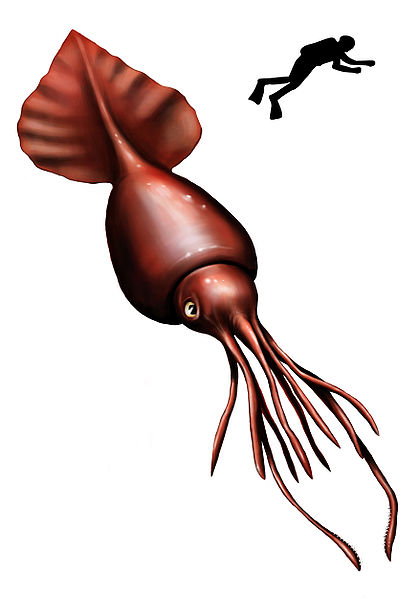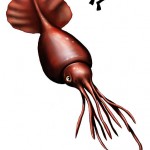Why are zebra black and white? I would hazard a guess your answer is camouflage, and you would be right… well, mostly. I would then bet you got the beast from which the zebra is hiding wrong. While the black and white stripes might disrupt outline of a zebra in the eyes of an ambushing lion or sprinting cheetah, the scientific evidence points to a much smaller blood thirsty devourer of zebra.
Since the 1970s, experiments have shown that Tsetse flies are less attracted to black and white striped patterns than plain black, white or grey colours. Most recently, a series of experiments conclusively showed that another group of flies, the horseflies, are far less attracted to zebra-stripe patterns than plain, black, white, brown or grey surfaces. Furthermore, narrow bands of stripes are even more effective at keeping hidden from the horseflies, and it’s perhaps no surprise that the legs and heads of zebra contain the closest spaced stripes where blood vessels lie perilously close to the skin surface of these key anatomical locations. The legs being needed to flee from the lions and the head for thinking.
Of course, there may be other factors that simultaneously favour such a striking colour pattern. Regardless though, some interesting evolutionary points follow the “camouflage from flies” idea. Chief among them being: if stripes are so good at hiding from horseflies, then why do Eurasian horses not possess the same pattern where horseflies are also common and a nuisance?
So while the “why” of the zebras stripes seems to have some scientific evidence at last, the “how” they got their stripes is another blog topic for another day and involves leopards, cells, computers and a bit of maths.
Author
Andrew Jackson: a.jackson@tcd.ie
Photo credit
Andrew Jackson




